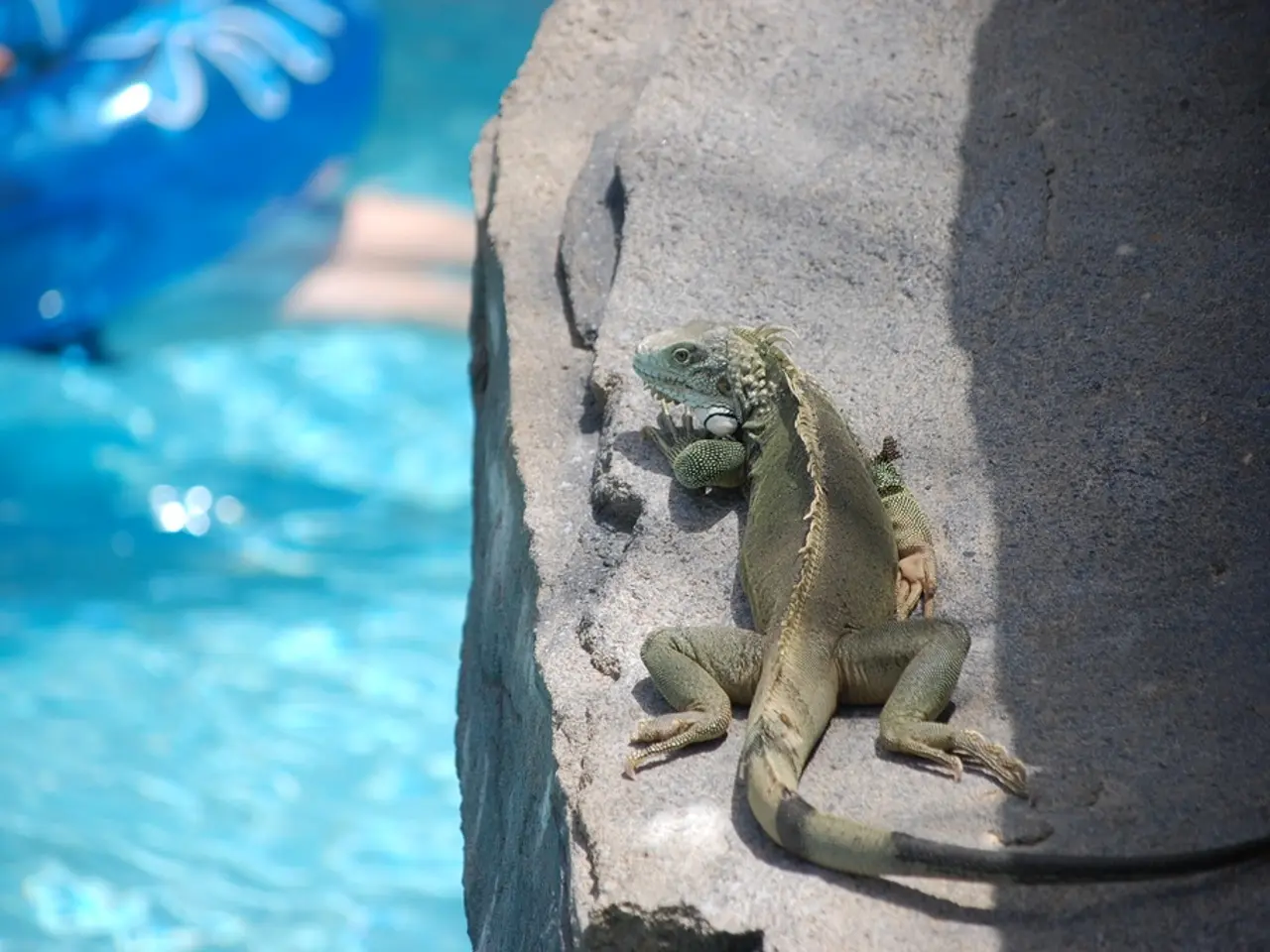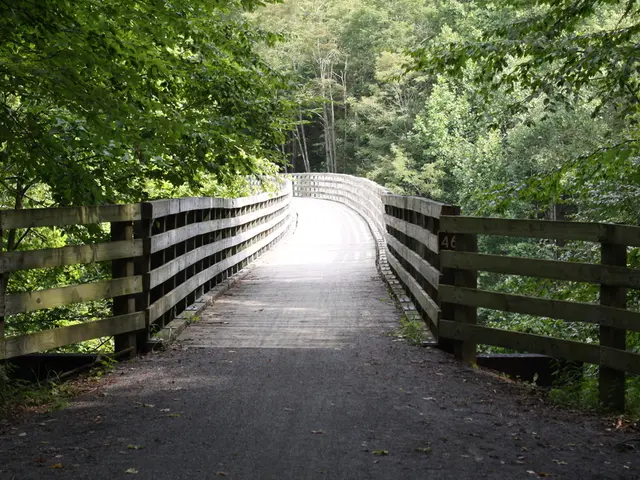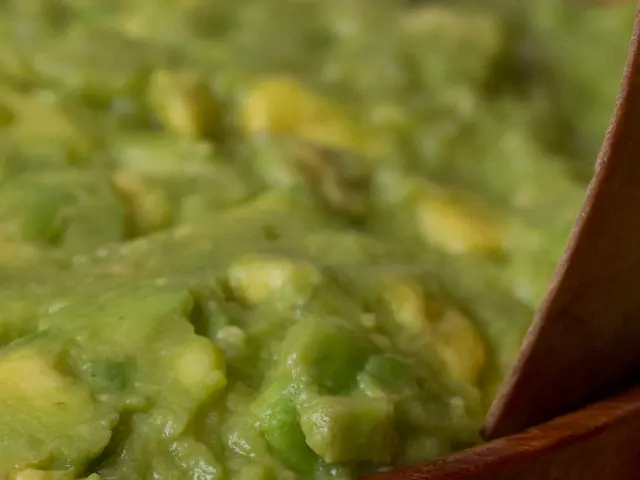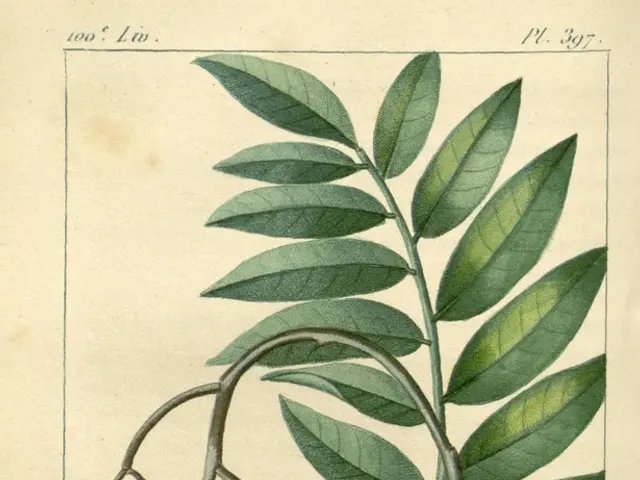Guadalajara Zoo heralds the birth of the world's smallest turtle, a momentous occasion for the facility.
The Vallarta mud turtle, a critically endangered species and the world's smallest turtle, has made a significant milestone at the Vallarta Zoo in Guadalajara. Biologist Ricardo Dávalos, head of the zoo's reptile-amphibian house, announced the birth of a baby Vallarta mud turtle on June 30.
This tiny turtle, nicknamed 'Crumb', weighs just 2.8 grams and measures 2 centimeters in length. The hatchling's birth marks the first milestone in the process of increasing the wild population of these precious creatures. Adult Vallarta mud turtles reach a length of 10.2 centimeters (4 inches).
The Guadalajara Zoo's breeding program aims to boost the population of the Vallarta mud turtle, a species that is facing an increased risk of extinction due to illegal trafficking. Urban expansion around Puerto Vallarta, where the turtle is found near the wetlands of the Ameca River, has led to a significant number of Vallarta mud turtle deaths.
Dávalos mentioned that the rarity of the Vallarta mud turtle makes it more attractive to traffickers, with reports of these animals being trafficked in Japan, China, and Korea. In a concerning incident last year, 55 Vallarta mud turtles were stolen from a university laboratory in Puerto Vallarta, allegedly by individuals posing as Federal Environmental Protection Agency inspectors.
However, there is hope on the horizon. Two years ago, the Guadalajara Zoo received 37 confiscated Vallarta mud turtles from the Ministry of Environment and Natural Resources (Semarnat), including nine fertile females. Dávalos and his team successfully mated some casquito pairs, resulting in eggs being laid and hatched.
Looking ahead, Dávalos suggested that in the future, some of these specimens could be released into the wild once a safe place in Puerto Vallarta is found. This release would help bolster the dwindling wild population of the Vallarta mud turtle, a species scientifically known as Kinosternon vogti.
The Vallarta mud turtle's successful breeding in captivity is a significant step towards conserving this unique species. The zoo continues to work diligently in its efforts to increase the wild population and protect these tiny turtles from the threats they face.
Read also:
- Is it feasible for nuclear energy to supplant coal-based electricity production in India?
- Pharmaceutical corporation to invest $30 billion in U.S. for increased natural gas production
- Demonstrating Carbon Capture in Agroforestry Through Digital Measurement Verification (MRV)
- Homeowners in Britain swiftly adopting eco-friendly home improvements







